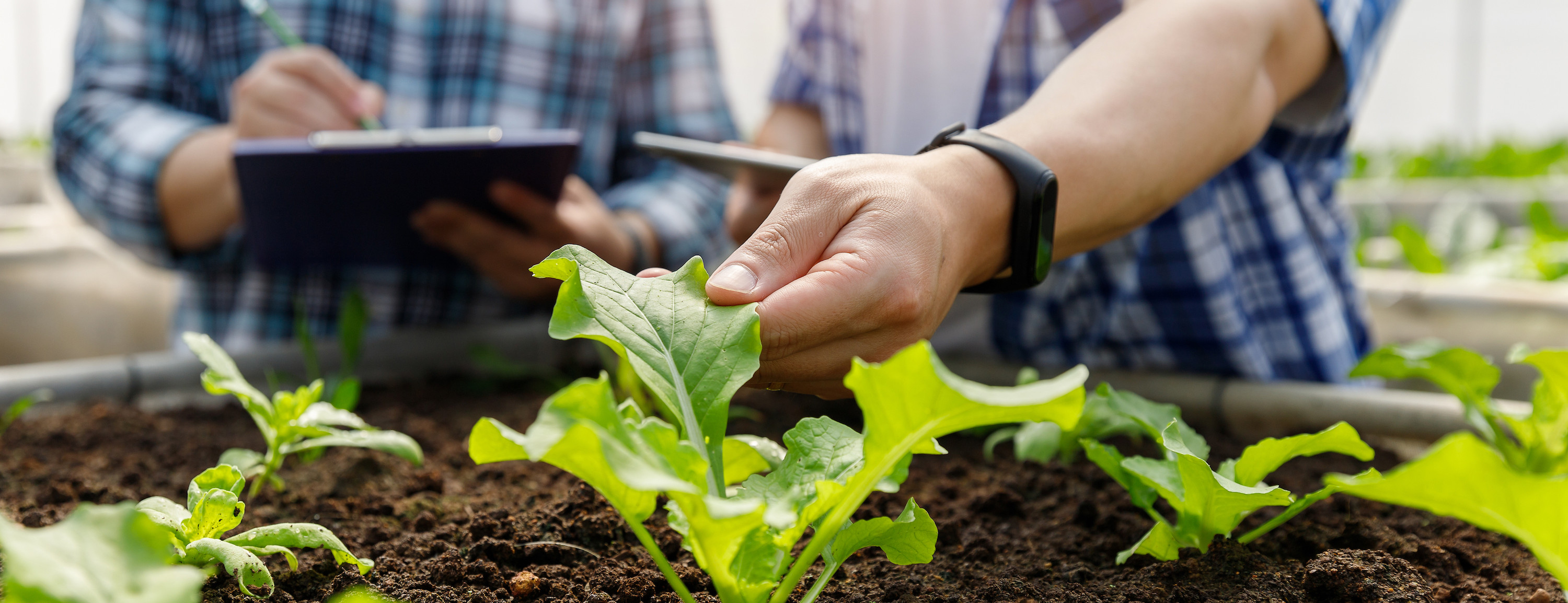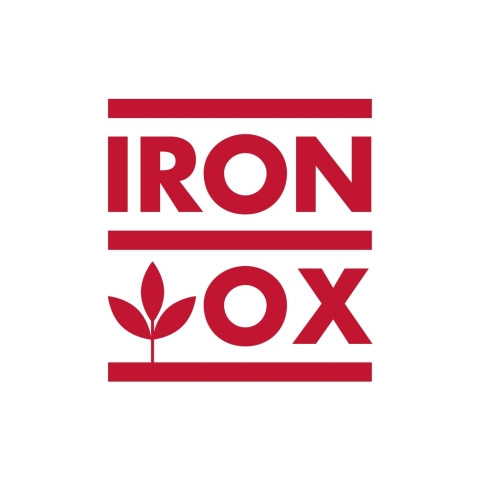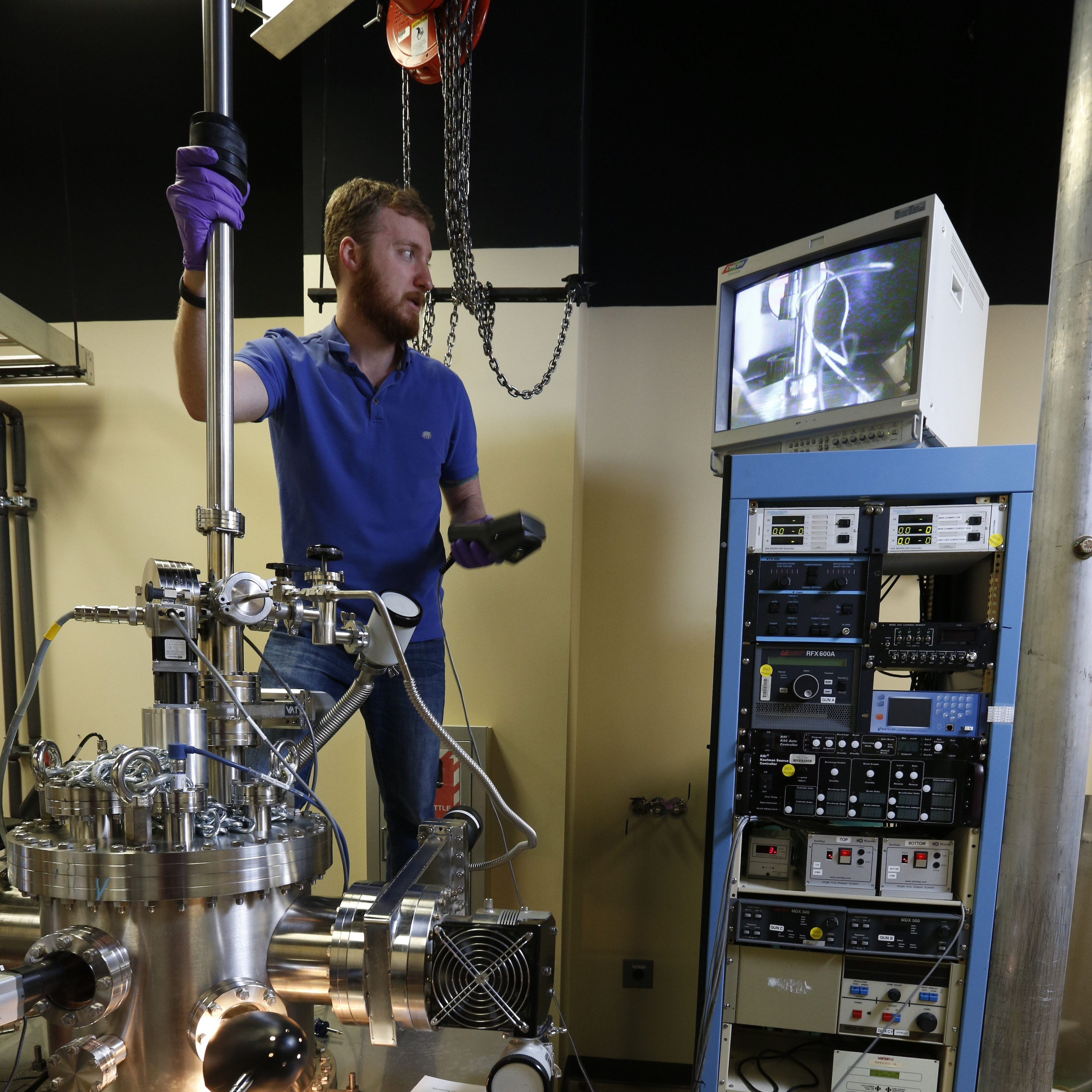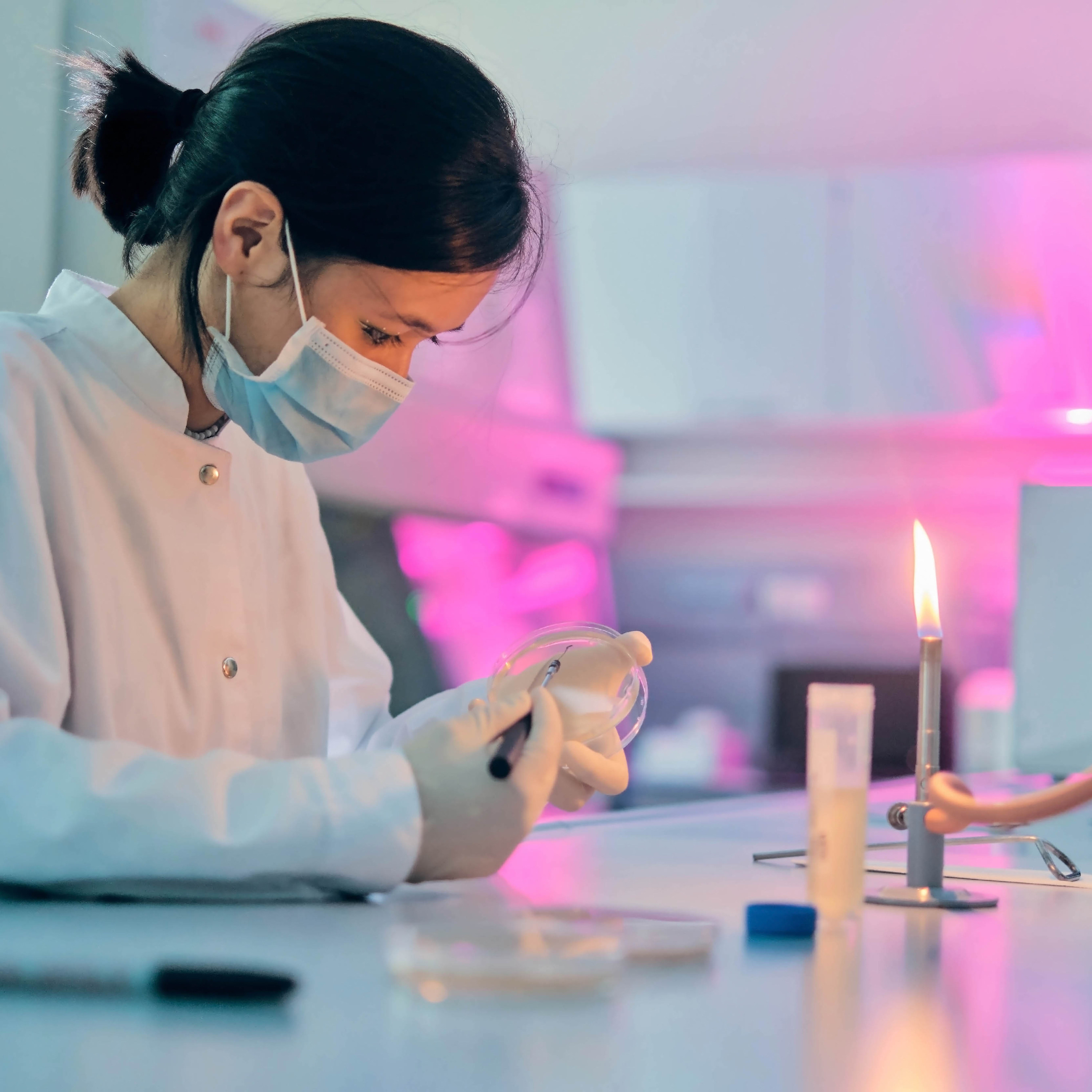CHRISTUS Santa Rosa - San Marcos, located in San Marcos, staffs more than 700 associates who work with more than 300 active and consulting physicians to provide quality services to patients and their families. In addition to interventional cardiac services, CHRISTUS Santa Rosa Hospital – San Marcos is a certified Chest Pain Center and an accredited Primary Stroke Center.
The University of Texas at Austin’s Dell Medical School accepted its first class in 2016. In addition to training new physicians and providing treatment and applied training in a new teaching hospital which will be adjacent to the medical school, there will be research opportunities that Greater San Marcos should leverage.
The Texas A&M Health Science Center College of Medicine is a community-based medical school in Round Rock (Williamson County) providing third- and fourth-year clinical training at regional clinical campuses around the state through affiliations through local physicians, clinics and hospitals. Student rotations are in family medicine, internal medicine, obstetrics/gynecology, pediatrics, psychiatry and surgery.
The San Antonio Life Sciences Institute (SALSI) is a collaboration between the University of Texas Health Science Center at San Antonio and the University of Texas at San Antonio to address educational, scientific, and policy issues related to life sciences. SALSI encourages technology transfers and has partners such as the Southwest Research Institute and the Texas Biomedical Research Institute.
Ascension Seton has additional health providers and potentially strong translational research partners.








